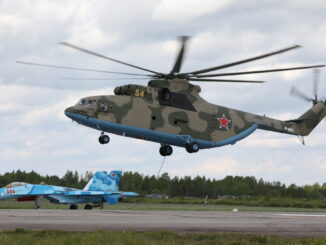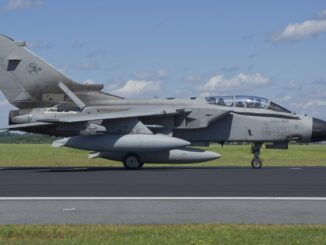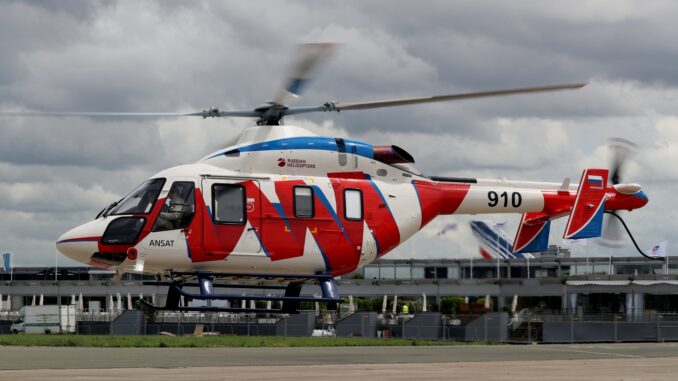
At the beginning of March 2020, light multipurpose helicopter Ansat, being manufactured by Russian Helicopters company, received three new, important certificates from the Russian aviation authorities, significantly increasing the capabilities of this rotorcraft.
Firstly, on 12th March 2020, the Kazan Helicopters company – a manufacturer of Ansat helicopter being a part of Russian Helicopters holding – informed about receiving a permission from the Russian Federal Air Transport Agency (Росавиация) to equip Ansat helicopters with a special module for transporting neonatal patients. This equipment can be used to provide evacuation and airborne medical care to infants.
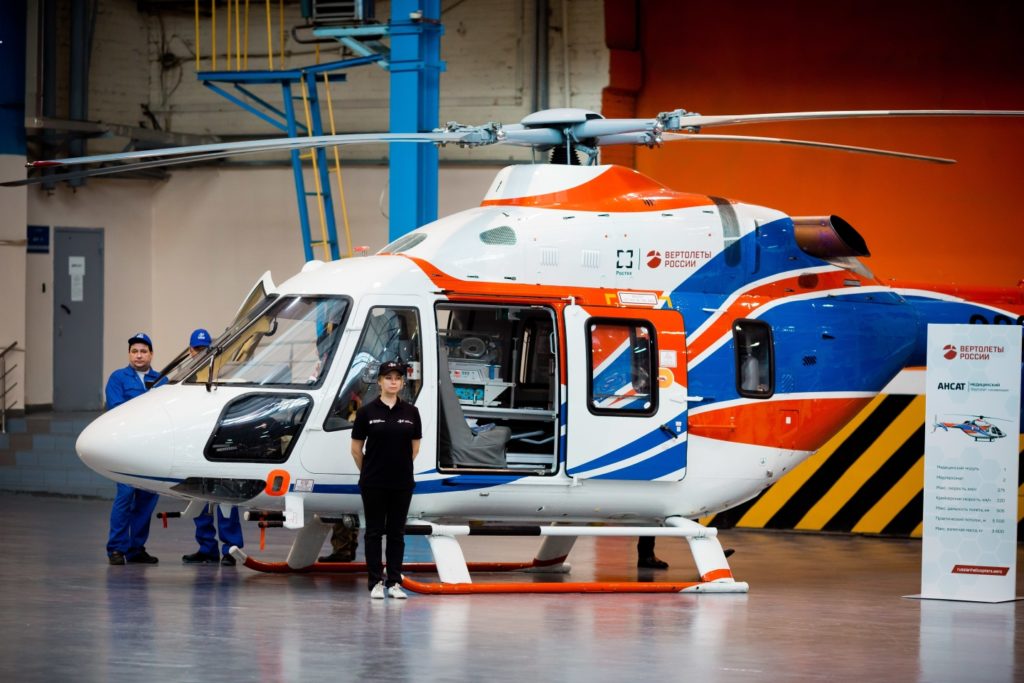
Ansat helicopter equipped with the neonatal transport module already has passed a wide range of necessary certification tests. During the ground testing stage, the certification team demonstrated the capabilities of the model to conduct emergency evacuation of the crew, medical workers and a neonatal patient. Flight tests evaluated the performance of the module and verified its electromagnetic compatibility with the standard equipment of the helicopter.
The new module was developed together with the Ural Optical and Mechanical Plant (part of Shvabe holding company) specifically for neonatal air transport. The manufacturer of the Ansat medical module, Kazan Aggregate Plant, developed a special platform for the incubator to replace the more traditional stretcher design. No redesign of the helicopter interior was required.
´The capability to install a neonatal medical module for Ansat had been in demand for a long time. Thanks to cooperation of Rostec holding companies and other partners, the helicopter now comes with upgraded equipment, allowing medical teams to continuously monitor the condition of a child, maintain the vital body functions and conduct intensive therapy during the flight,´ said Managing Director of Kazan Helicopters Yuri Pustovgarov.
The incubator comes with a set of medical equipment, including an artificial lung ventilator, a monitoring unit, an aspirator, and an infusion pump. The neonatal module can be installed optionally on all Ansats equipped with base medical modules.
Secondly, the Federal Air Transport Agency also certified the installation of the Emergency Floatation System (EFS) on Ansat helicopters. The system was designed for emergency water landing and used to save lives of the crew and passengers.
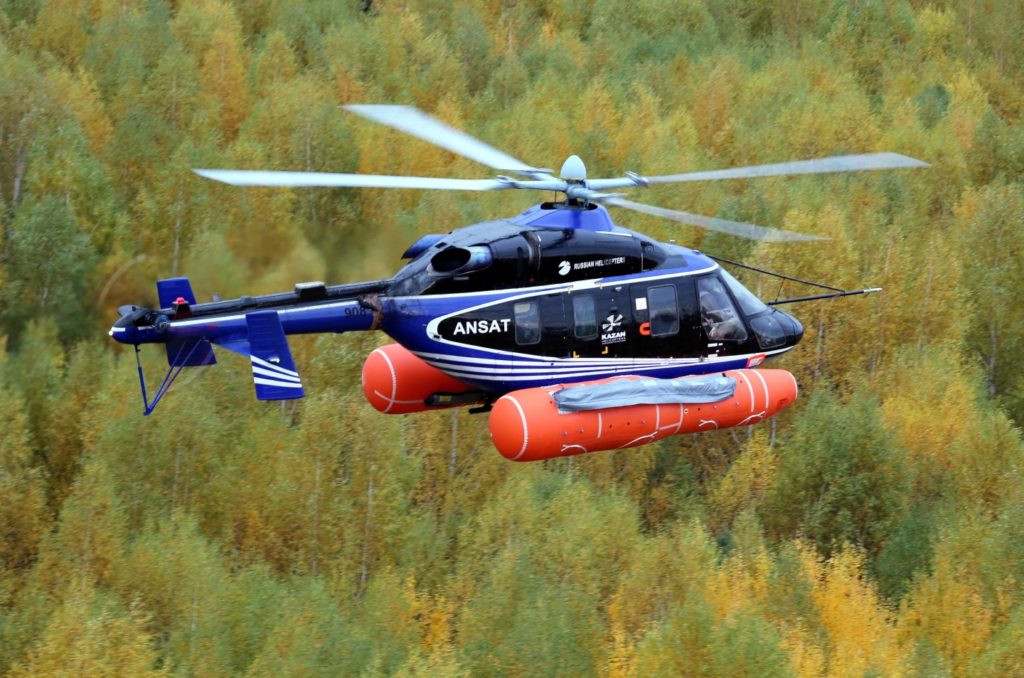
The EFS was tested at Kazan Helicopters testing ground, the programme included assessment of the helicopter performance with packed and filled ballonets, which are made of an elastic material ensuring flotation of the rotorcraft. The time necessary for filling the ballonets during the flight was also measured. During the tests on the ground, the activation of life rafts and the possibility of evacuating passengers and the crew through emergency exits were assessed.
´Kazan Helicopters received an opinion on flotation and resilience of Ansat helicopter with the sea state code 4 (moderate waves) according to the World Meteorological Organization, after simulation tests of the Central Aerohydrodynamic Institute named after N.E. Zhukovsky in a basin and in the open sea. I would like to emphasize that due to this system, Ansat helicopter provides for safe evacuation of passengers and the crew to life rafts in case of ditching,´ said Pustovgarov.
Ansat helicopters equipped with the EFS will be capable of flights at a considerable distance from the coast, as well as of participation in search and rescue operations. The installation of the Emergency Floatation System will be optional, at a customer’s request.
Additionally, Ansat has received the certification of the reduction in airworthiness limitations of its main parts, such as the main rotor hub, the antitorque rotor, the empennage, etc. This will allow reducing the cost of replacing the parts and considerably reduce the cost of helicopter maintenance, and a flying hour in general.
With no doubts, those additions to the existing Ansat capabilities as the light multipurpose helicopter will make this rotorcraft more attractive for potential customers, at the same time increasing its competitiveness in the light helicopter market segment.
Ansat helicopters are currently used for rescue operations in various regions of Russia, the geographic coverage of their application is constantly expanding. The development programme of the Russian air ambulance fleet has been in implementation since 2017 and is now part of the National Healthcare project.

Photos courtesy of JSC “Russian Helicopters” / Rostec State Corporation, Valeriy Shabashov . “Russian Helicopters” press materials were used.


